They are just posters. However, they reflected a Europe in anguish. Posters preserved from the First World War’s aftermath recall great propaganda art as well as the desperate years that produced it. This kind of art is harsh but compelling work thrown upon the walls and billboards of European countries during the turbulent, explosive years of 1918-1922.They were almost all propaganda reflecting competing ideologies that quickly polarized after this time. However, they are also a vivid form of pictorial shorthand for recording the history of a tragic era.The rabid incitement to violence in many of these posters served only to foment further incitements on the opposite side, until the battle of the posters led to physical battles in the streets.
While the United States was developing new models of propaganda, based on a mass consumer model, the Europeans were engaged in a more visceral form of art designed to stop a person in his tracks, their meaning unmistakeable in almost any language differing from the more subtile American tack.
”The control of the perceptions, thoughts and beliefs of entire populations is now not only possible, but remarkably easy. Bernays calls it the “engineering of consent”.
Those who manipulate the unseen mechanism of society constitute an invisible government which is the true ruling power of our country. We are governed, our minds molded, our tastes formed, our ideas suggested largely by men we have never heard of. This is a logical result of the way in which our democratic society is organized. Vast numbers of human beings must cooperate in this manner if they are to live together as a smoothly functioning society. In almost every act of our lives whether in the sphere of politics or business in our social conduct or our ethical thinking, we are dominated by the relatively small number of persons who understand the mental processes and social patterns of the masses. It is they who pull the wires that control the public mind. (Edward Bernays)
As Bernays recognized, the most powerful tool with which to control a population is fear and an easily indentifiable, dehumanized enemy is needed to provoke that fear.
Above: On a devastated land, at war’s end, a songbird heralds a new day of peace. The poster was drawn by Steinlen, a name in French poster art second only to Toulouse-Lautrec, to raise money for the Liberated Provinces. ”Let your aid to our unhappy brothers be generous”
This poster art is about war, aftermath of war, hunger, unemployment, age old resentments, brand new remedies, ephemeral hopes, and lingering despair. In short, they reflect all the ambiguous promises and defeated illusions of the time that liquidated the First World War and laid the foundation for the second. We, in North America, are familiar with many of the details, but not really with the method of telling it, for posters like these are peculiarly European. Such mordant images have seldom accosted the passer-by in an American street. This may be good for political stability, but it creates a feeling of insularity and naivety that makes comprehension of the Old War and its form of tribal and sectarian violence a challenge. While American women, below, were being urged to light ”torches of freedom”, Europeans were throwing lit bombs in the streets.
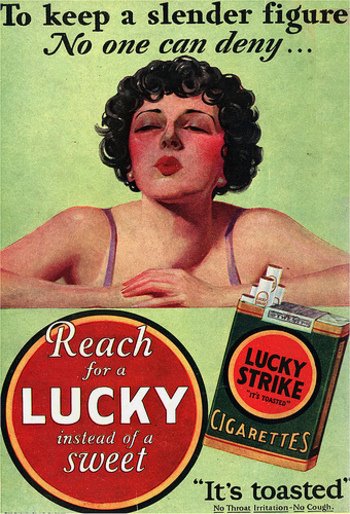
''Among Bernays' triumphs of post-war mass manipulation is a classic deception designed to popularize cigarette smoking among women. Bernays organizes the so-called "Torches of Liberty Brigade" in the 1929 New York City Easter Parade. Working for the American Tobacco Company, Bernays tells the press that a group of women's rights marchers will light "Torches of Freedom" during the parade. ''
It is otherwise in Europe, where every shifting allegiance and emerging emotion has been recorded with searing precision on vacant walls and kiosks from Moscow, to Vienna and Paris. Recorded, but not well preserved. For the poster is a fragile and transient art, committed to perishable materials. It is the prey of rain, wind, sun, and eventual indifference. Only a few scattered efforts have been made to preserve its works, though many of them have artistic as well as cultural and historical value.
The Red Tide sweeping across Europe was the threat of a new conflagration overtaking an old. The Bolsheviks often assailed the triumvirate of Czar , Priest and Rich man who rode on the shoulders of the workers and peasants over a destroyed earth. Inflammatory rhetoric.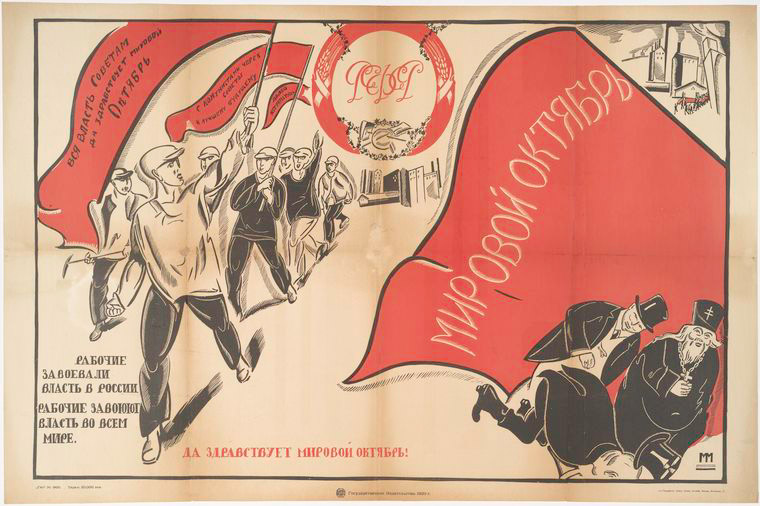
The era covered by these posters opened in the immediate post war period with carefully marshaled patriotism that had sustained the Allied nations through the end of the exhausting war. The war’s progress had been glacial in its slowness; patience was running out and people had high expectations for the ”peace dividend” . But, one more appeal was made for unity, for dedication, and above all, for funds. ”Liberation” still meant emancipation from the Kaiser’s hosts, though Woodrow Wilson had altered the definition. To him it meant not only liberation from, but liberty ”to be” on your own, even if this meant proclaiming new national identities irrespective of the past.
But for the moment the ideas seemed to work. The Allies were still united, except for the defection of Russia. The vaulting aspirations of Imperial Germany had led her into the trap that history sets for the overambitious; facing defeat, her government crumbled in revolution. The decayed facade of the Austro-Hungarian monarchy came down with a crash. And the victors thought they were looking into the dawn of a new millennium. It was in this dawn of hope that Steinlen drew the songbird of peace above. But a spoiling cloud had already appeared in th east, above Russia. Revolution there had not only overthrown the Czarists but had torn apart the fabric of society. Bolshevism was the new threat, total upheaval was now the new prospect. In November, 1918, in Germany, workers’ and soldiers’ councils were set up on the Russian model; the Spartacists were ready to proclaim a German soviet republic. They were stopped just short of success when the Social Democrats withdrew from this uneasy alliance and put them down.
The same story was repeated with Magyar variations, in Hungary. The old Hapsburg empire collapsed in favor of a communist dictatorship in alliance with Soviet Russia. This produced the shattering five month regime of Bela Kun. Then the rightists took over, Kun fled to Vienna to be interned in an insane asylum, and the White Terror even outdid the Red Terror, and Hungary fossilized into a monarchy without a king.
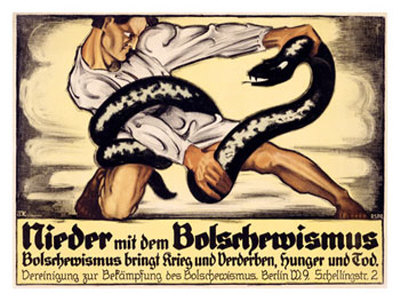
A major German artist enlists in the combat: Down with Bolshevism; Bolshevism brings war and ruin, hunger and death'' is the message of the expressionist Oskar Kokoschka
In Austria, the Social Democrats kept alive the fugitive illusion of democracy until 1934. But even as the Red threat subsided, Austria became the microscopic battleground of every force that wracked Europe between World Wars I and II. Its capital was socialist and industrial ”red Vienna” and its hinterland was conservative, religious and agricultural. These opposites were never resolved; the nation was left in a precarious equilibrium between Right and Left, clericalism and anti-clericalism, farmer and worker.

Postwar inflation ran its dizzy course through Central Europe, leaving whole classes pauperized and resentful. The Germans, who had never recognized the inevitability of their defeat, chafed at the occupation of the Ruhr and the onerous restrictions of the Versailles Treaty. They felt old martial stirrings, and began secretly to rearm.
The nations that had supposedly won the war averted their eyes from this unnerving spectacle and wrapped themselves in their own concerns. French cabinets began to practice the tumbling act that they were to bring to futile perfection in the 1930’s and again under the Fourth Republic. Britain remained stable enough politically, but she was jarred by bruising strikes and weakened by loss of blood. The United States, insulated by the Atlantic, was busy buying a ticket to Utopia at the stockbroker’s.
Men of good will everywhere reaffirmed their devotion to peace and, sometimes worked to preserve it. However, it was strictly a patchwork . Already, by 1922, the Nazis had emerged in Germany a corporal’s guard of bully-boys, malcontents, and sullen leftovers from the Kaiser’s army. Even their firmest opponents, the Social Democrats, sometimes seemed to regard them as merely oafish. And already in 1922 Mussolini, farther south, was preparing a new ”heroic age” for the Italians.

''image: a man wearing a sash in German Imperial colours drives a cart pulled by two horses out of a blood-red sea. Above him, the date '1924' is emblazoned in the sky. In the sea are two emaciated horses and a drowning man, beneath an inscription of the date '1918'. ''


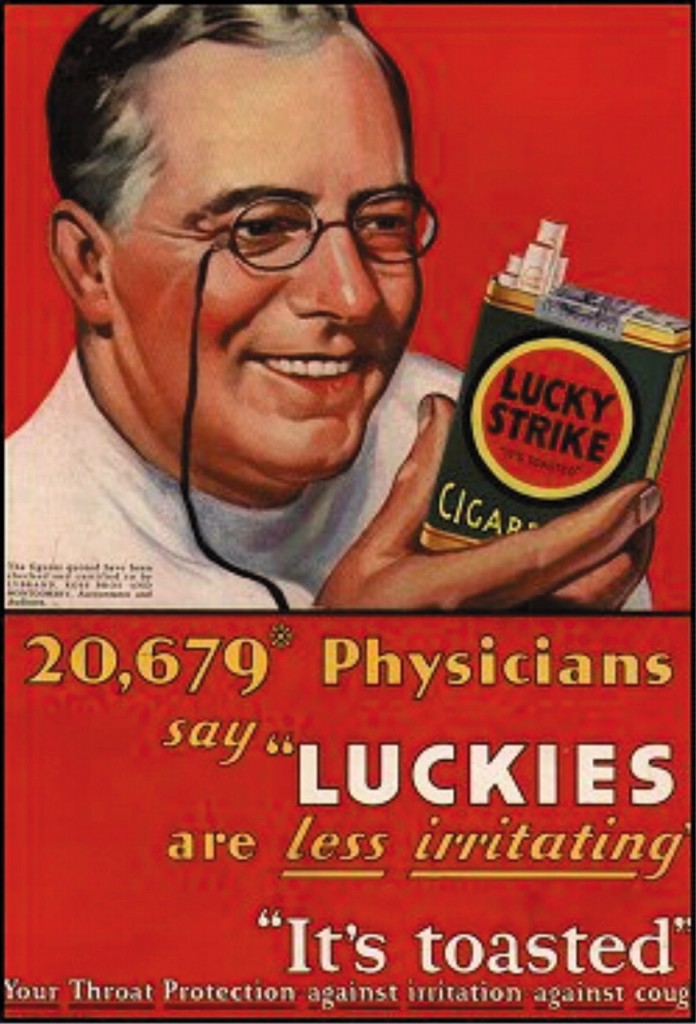
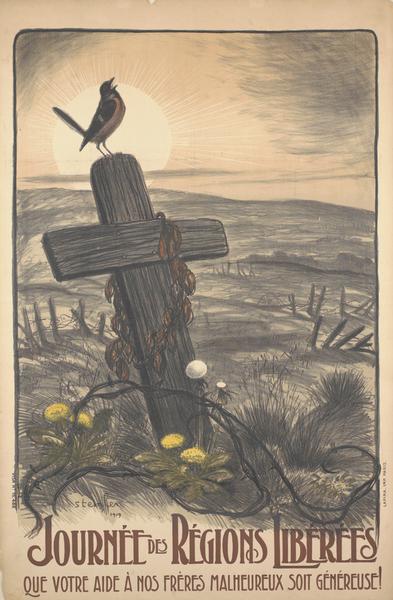
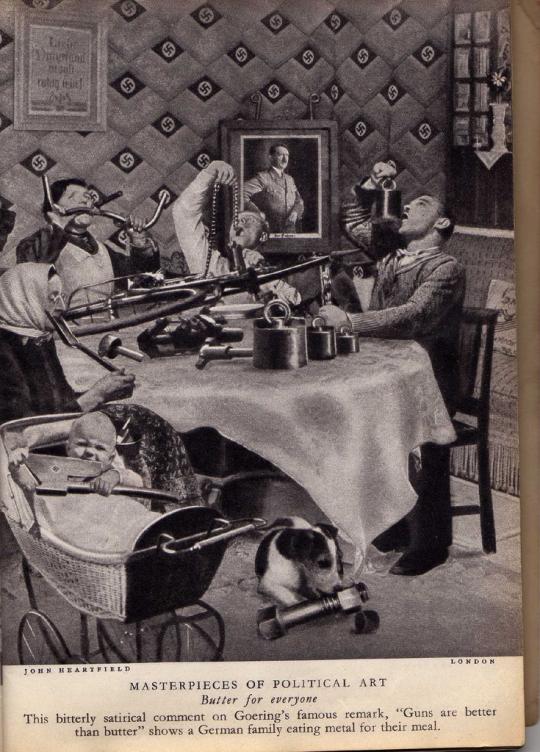
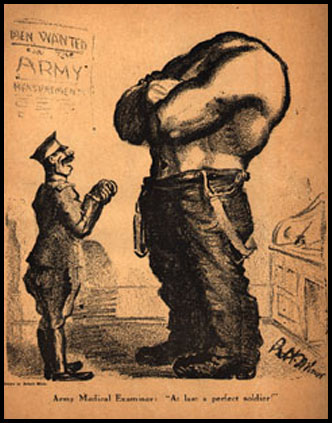



 COMMENTS
COMMENTS